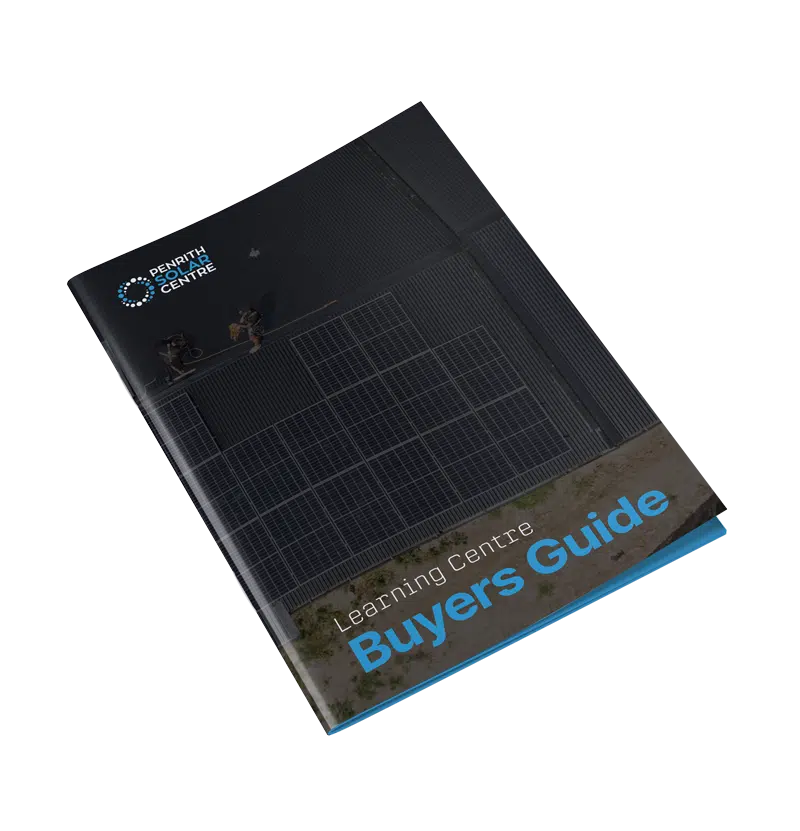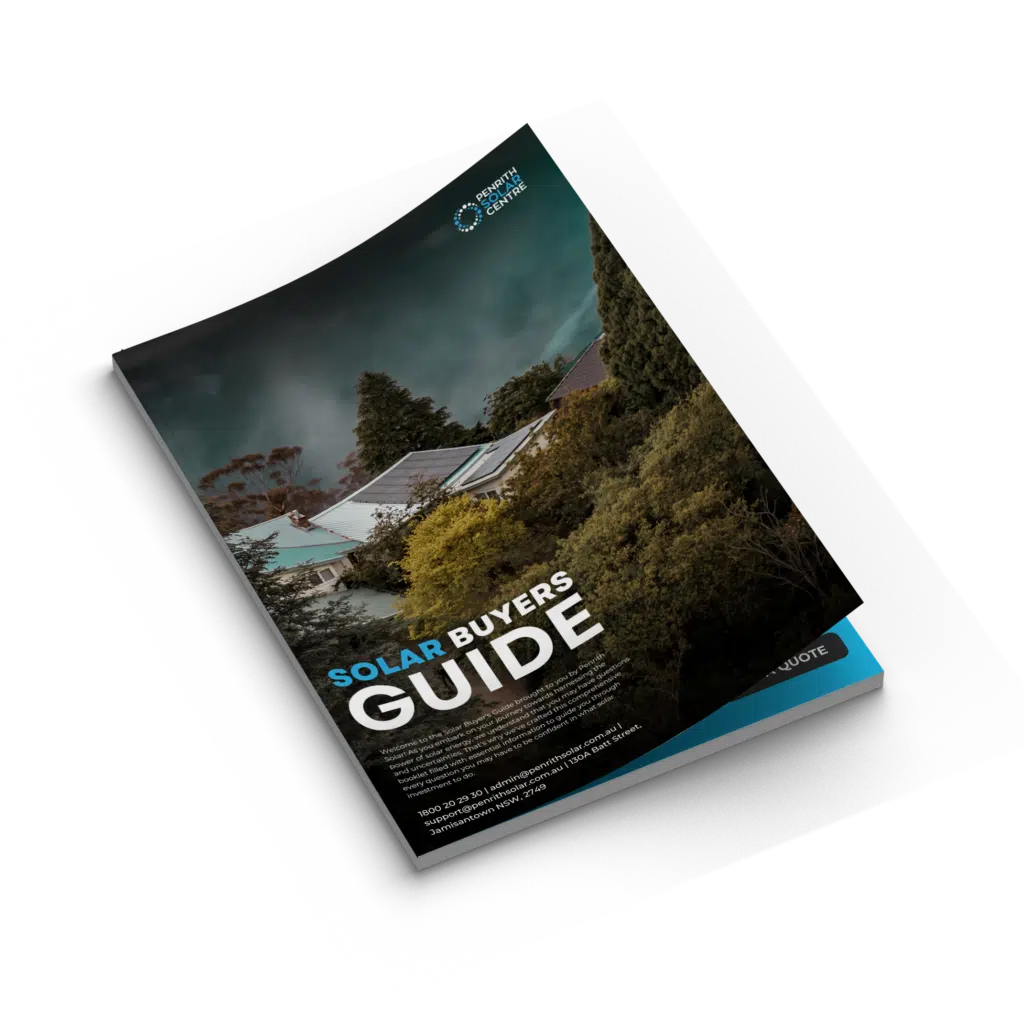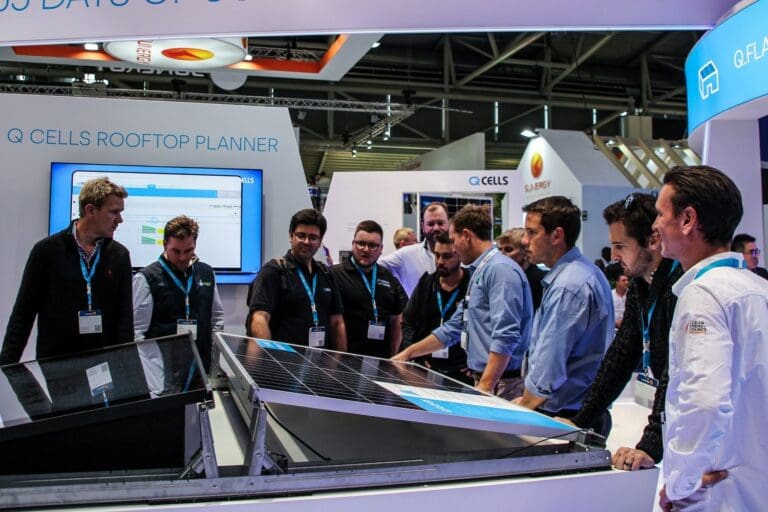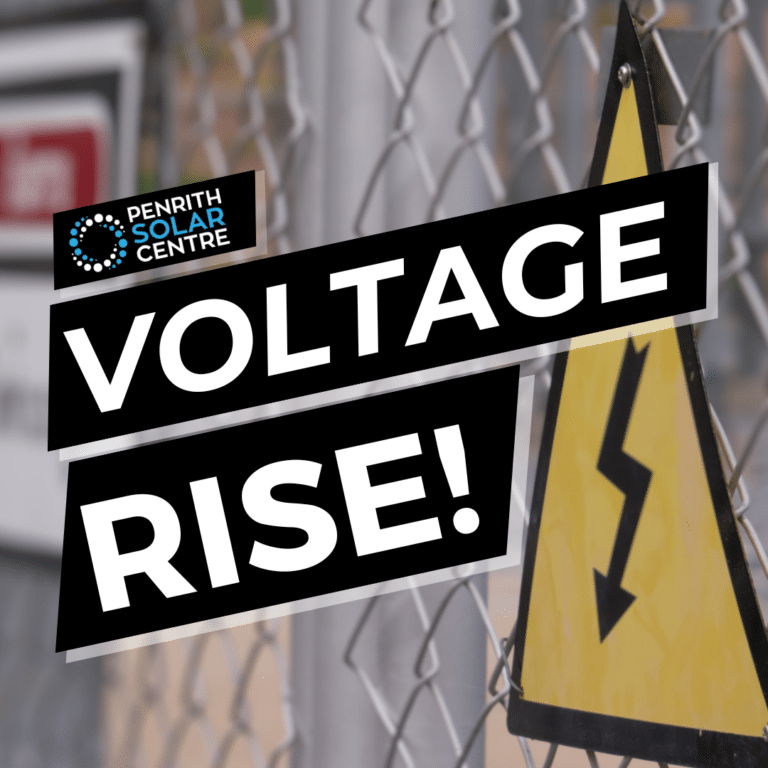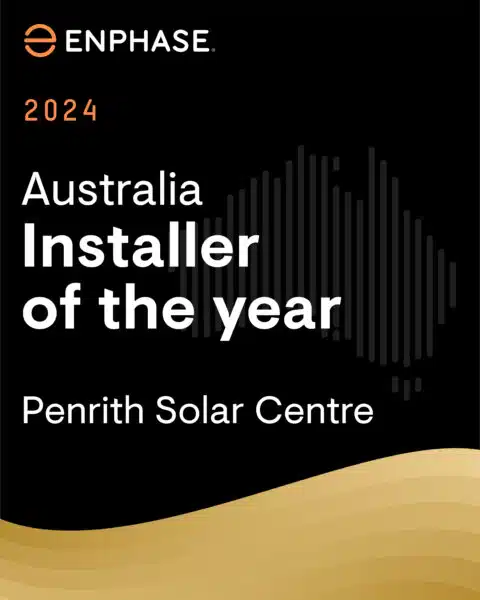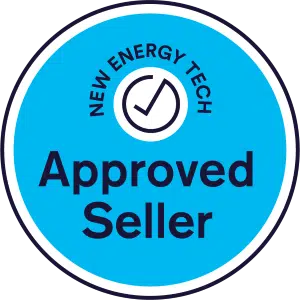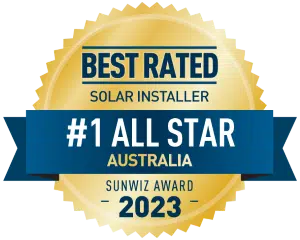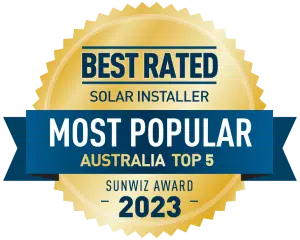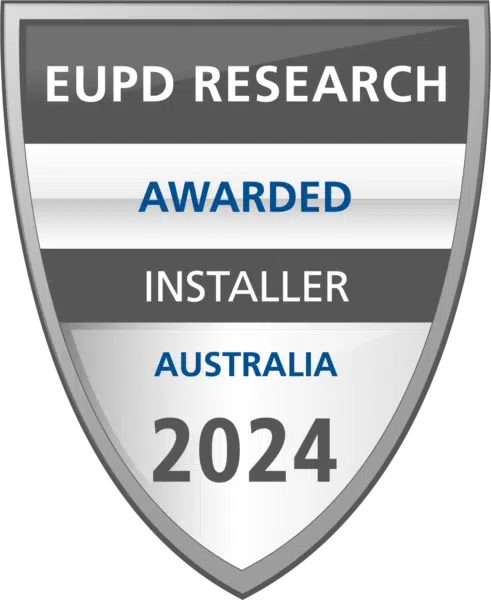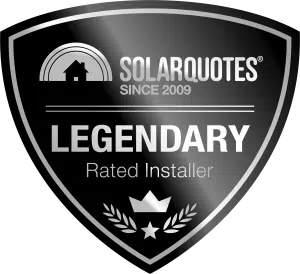
When deciding on a solar system for your home, one of the most important choices you’ll make is about what type of inverter or microinverter you want. This decision will affect your system’s efficiency.
A popular option is an Enphase microinverter solar system. The product is praised for the value it offers customers long-term.
At Penrith Solar Centre, we install Enphase microinverter systems. We believe they are unparalleled in the value they offer. However, there are drawbacks to the system and we’re going to explore some of those as well.
In this article, you’ll learn about the following:
- What are Enphase Microinverters?
- The Pros of Enphase Microinverter Solar Systems
- The Cons of Enphase Microinverter Solar Systems
- Who Should (and Shouldn’t) Choose Enphase Microinverters?
By the end of this article, you’ll know the pros and cons of an Enphase microinverter system. Let’s get into it.
What are Enphase Microinverters?
To understand Enphase microinverters, it helps to first compare them to the more traditional string inverter systems. In a string inverter setup, all your solar panels are connected in a series (a “string”) to a single, central inverter.
The central inverter converts the direct current (DC) electricity generated by your panels into alternating current (AC) electricity, which powers your home. However, this setup comes with a significant limitation: the entire system’s performance is only as strong as its weakest-performing panel.
For example, if one panel is shaded or dirty, it reduces the output of all the other panels in the string. Essentially, they work like Christmas lights: when one light drops off, the rest do too.
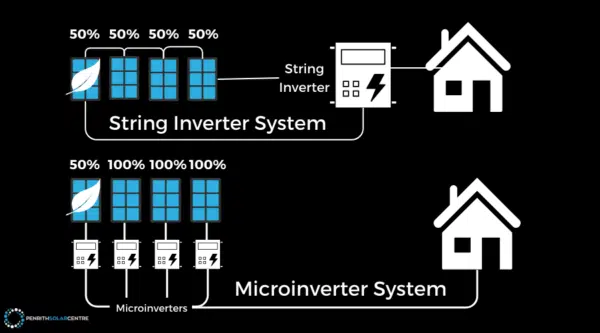
Enphase microinverters work differently. Instead of relying on one central inverter, each solar panel has a microinverter mounted beneath it. These microinverters do the same thing a central string inverter does. They convert DC electricity to AC right at the panel level, meaning each panel operates independently with its own inverter.
If one panel underperforms due to shading, dirt, or damage, it does not affect the rest of the system. This independence offers unique benefits, including better energy production, flexibility in design, and increased reliability. However, it also introduces a higher upfront cost and more components to manage, which can be a consideration for some homeowners. We’ll get into that a little bit later.
If you’re interested in learning a bit more about how microinverters compare to string inverters, you might want to check out the following article titled, Microinverters vs. String Inverters: A Transparent Comparison.
The Pros of Enphase Microinverter Solar Systems
Enphase microinverter systems are increasingly popular because of how they handle shady or changing conditions. They still generate power on cloudy days. A string system would struggle to keep up with them.
Here are some of the biggest benefits of microinverters:
Panel-level Optimisation
As we mentioned, each solar panel works independently because each panel has its own microinverter.
Microinverters are ideal for partially shaded roofs, roofs with panels installed at different angles, or, as we mentioned, cloudy days. A drop in efficiency does not affect the other panels.
This is the art of decentralisation. A string inverter has a single inverter on the side of the house. If it goes, the entire system goes down.
Microinverters are miniaturised single-phase inverters spread out across the panels. If one microinverter/panel combination needs repair or replacement, the rest of the system continues providing solar power to your home.
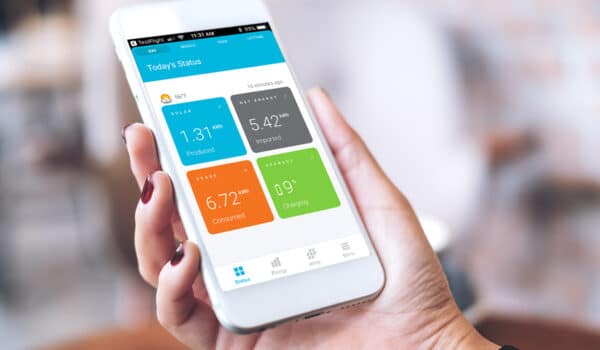
Scalability
It’s easy to expand your Enphase microinverter solar system. Adding new panels is a snap. Literally. They make a snapping sound when our installers plug them into the trunking cable that feeds the home below with usable electricity.
Expanding a microinverter system is that easy. Of course, you’ll need additional mounting hardware, but adding onto your solar system is easy with microinverters as your energy needs increase.
Things like electric vehicle chargers, pool pumps, and other heavy-load appliances are things you might not have yet but want in the future. They eat a lot of energy, and a few new panels can make a big difference.
Safety
Enphase systems use AC (alternating current) technology, which is considered safer for your home than the DC (direct current) technology used by string inverters. String inverters rely on high-voltage DC power, which can pose a greater fire risk if there’s a fault in the system or if the wiring is damaged.
AC power operates at a lower voltage, which significantly reduces the potential for electrical hazards. With Enphase systems, the conversion from DC to AC happens at each panel, meaning the electricity flowing through your home is already in the safer AC state.
Enphase microinverters also include advanced safety features like rapid shutdown, which ensures the system can be de-energised quickly in emergencies, adding another layer of protection for both homeowners and installers.
At the flip of a switch, the entire system stops producing electricity. This is something only Enphase microinverter solar systems can do.
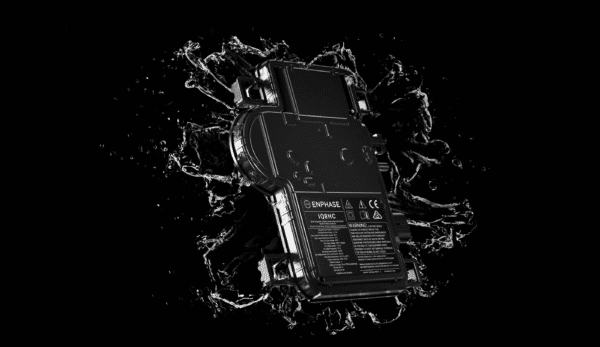
Industry-leading Warranty
Enphase microinverters come with a 25-year warranty. It’s the longest inverter warranty in the solar industry. In fact, most inverters are only warranted for 5 – 10 years. Enphase stands by its product.
With most solar panels warranted for 25 years or more, this aligns with the lifespan of microinverters. String inverters will need to be replaced whereas microinverters have a longer warranted period. It’s value over time.
Built-in Consumption Monitoring
Consumption monitoring is a combination of hardware and software that provides information about how your solar system is working. It tracks energy production and use, essentially monitoring how it is used in your home.
You wouldn’t buy a car without a speedometer. Energy use monitoring is just like a speedometer for your solar.
The software side of it is an app on your phone. The hardware sends the information about how your energy is moving to your app, and it shows you in intuitive and easy-to-use graphics how your home is using energy. This feature is not available in every solar system, but it’s included with every Enphase system.
With consumption monitoring in a decentralised system, you can see how individual microinverter/panel combinations are working. You can also see, quite clearly, when a microinverter is underperforming. This makes repairs easy.
If you’d like to learn a bit more about how we service microinverters, you might want to check out the following article titled, Is It Hard to Replace Enphase Microinverters?
Ready to go solar? Click here.
The Cons of Enphase Microinverter Solar Systems
Enphase microinverters are not a perfect solution for every roof out there. Despite their many benefits, there are drawbacks to them as well. Here are a couple to consider:
High Upfront Cost
Microinverters are more expensive than other solar systems. This is because each solar panel in the system requires its own dedicated inverter (a micro one). The decentralised design increases the number of microinverters. More equipment, higher costs.
However, this upfront investment pays off quickly because microinverters provide greater efficiency and reliability over time. Features like panel-level optimisation and consumption monitoring mean the system can produce more energy and last longer without major repairs. This can result in substantial energy savings and fewer maintenance costs.
The higher initial cost can be a barrier, particularly for homeowners working within a tight budget. Some may opt for string inverters because they are more affordable upfront, even though they might miss out on the energy production benefits of microinverters long-term.
In general, the payback period for an Enphase microinverter system is around 4 – 5 years as opposed to a string inverter system, which usually pays for itself within 2 – 3 years for the cheapest options.
Simple Roof
Simple roofs without shade might not justify the higher upfront cost of microinverters.
If your roof has a simple layout without any shading at all, a string inverter would be more cost-effective. They’ll still struggle to generate on a cloudy day, but without any real obstructions, a string system is perfectly fine.
If you’re interested in learning a bit more about how microinverters compare to string inverters from a cost point of view, you might want to check out the following article titled, Cost of Microinverters vs. Cost of String Systems.
Who Should (and Shouldn’t) Choose Enphase Microinverters?
Enphase microinverters are ideal for:
- Homes with complex roof designs or partial shading.
- Forward-thinking homeowners who think that their energy needs might expand.
- Those who want long-term reliability and are willing to invest more upfront.
- And of course, the industry-leading warranty of 25 years.
- And the built-in consumption monitoring.
A string inverter might be a better choice for:
- Homes with simple roof layouts and no shading issues.
- Budget-conscious homeowners who don’t plan to expand their system.
If you’re interested in learning a bit more about microinverters, you might want to check out the following article titled, Myths & Misconceptions About Solar Microinverters.
Start saving with solar today.
After All is Said and Sun, Enphase Microinverters Offer Great Benefits
Enphase microinverter systems offer features that make them a great option for many homeowners. Their panel-level optimisation, reliability, scalability, and built-in monitoring provide significant advantages, especially for complex or partially shaded roofs. However, their higher upfront cost and other considerations might not make the investment worthwhile for some.
By understanding the pros and cons of Enphase microinverters, you can decide if they’re the right choice for your energy needs. For the best results, work with a certified installer, like Penrith Solar Centre, who can tailor a system to your home’s unique layout and long-term goals.
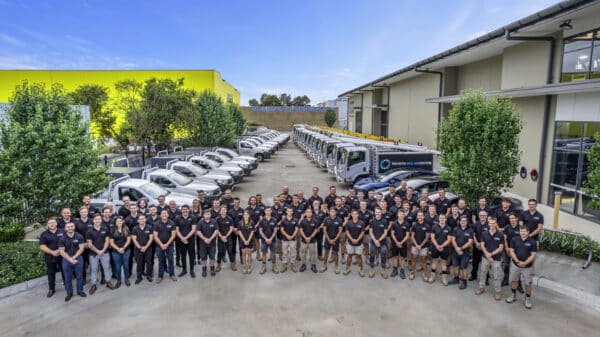
If you’re interested in learning a bit more about the benefits of microinverters, you might want to check out the following article titled, What Are the Benefits of an Enphase Microinverter Solar System?
